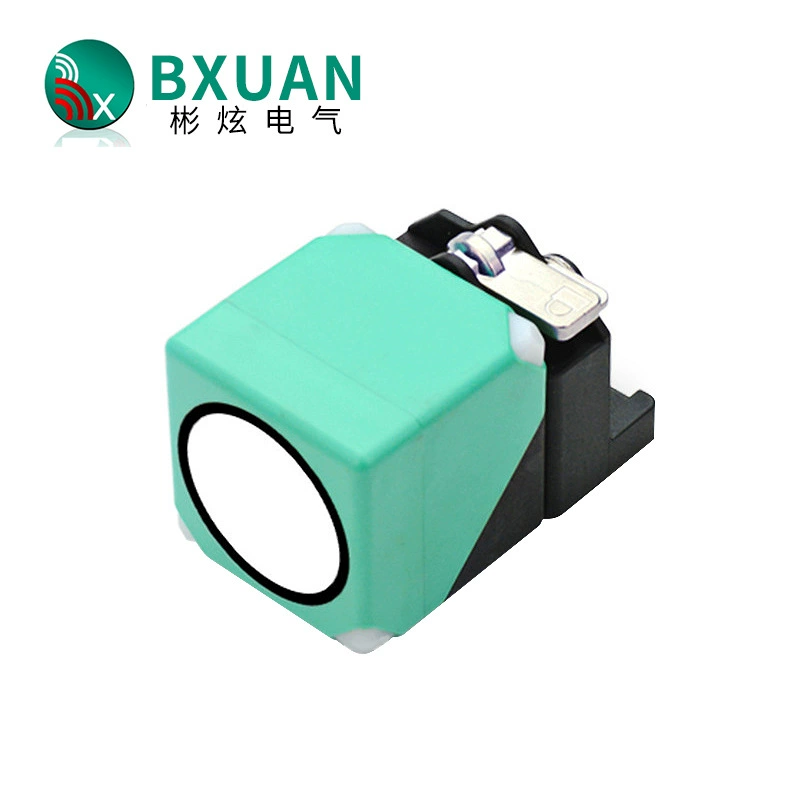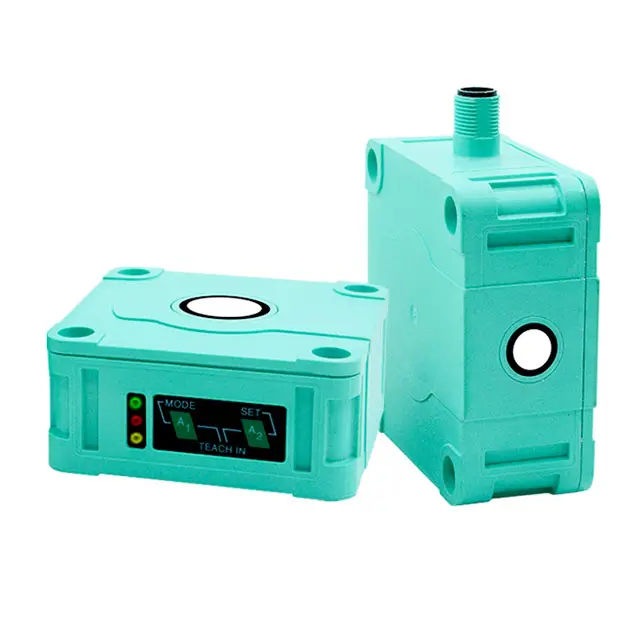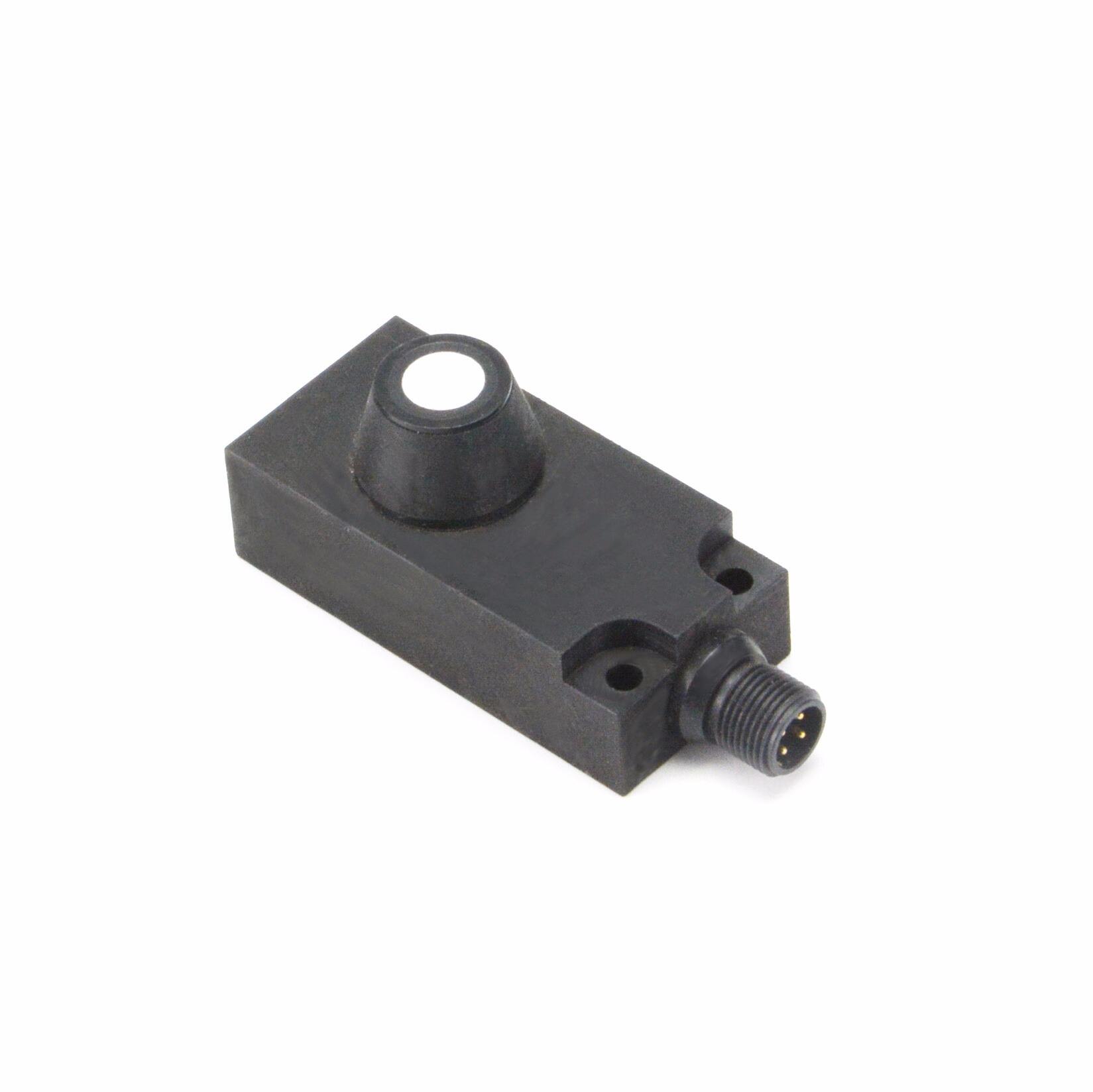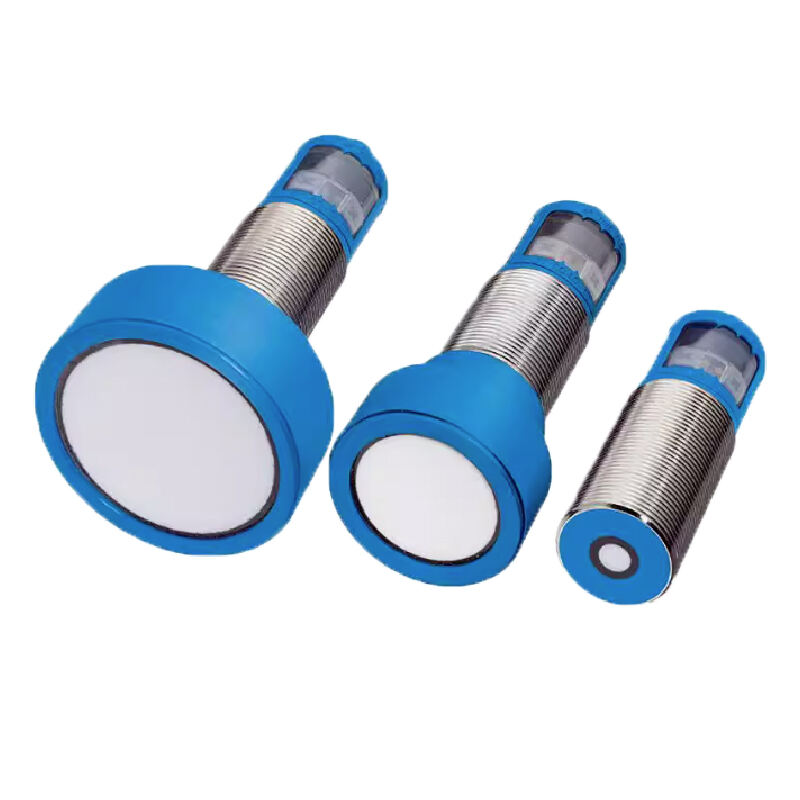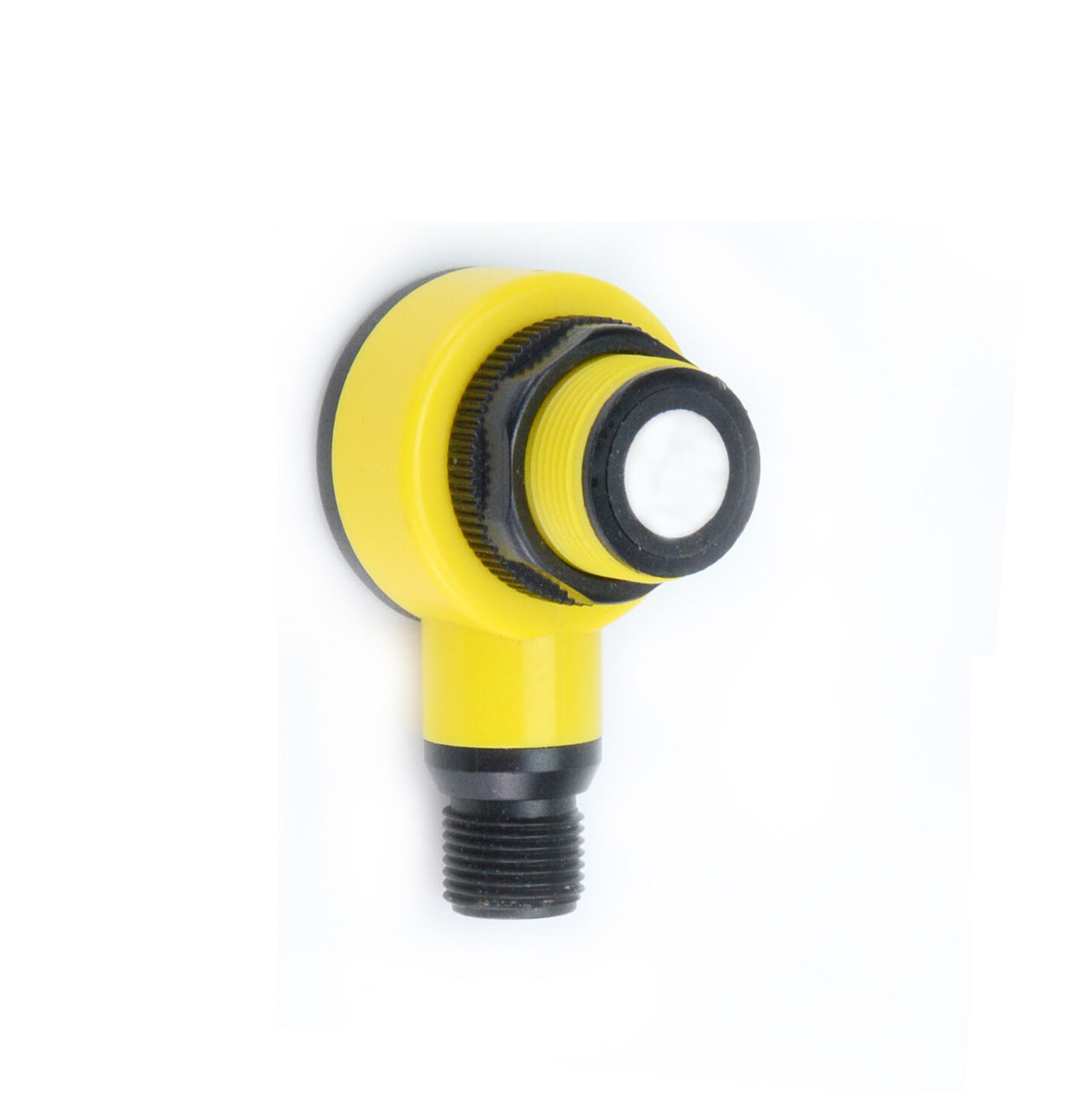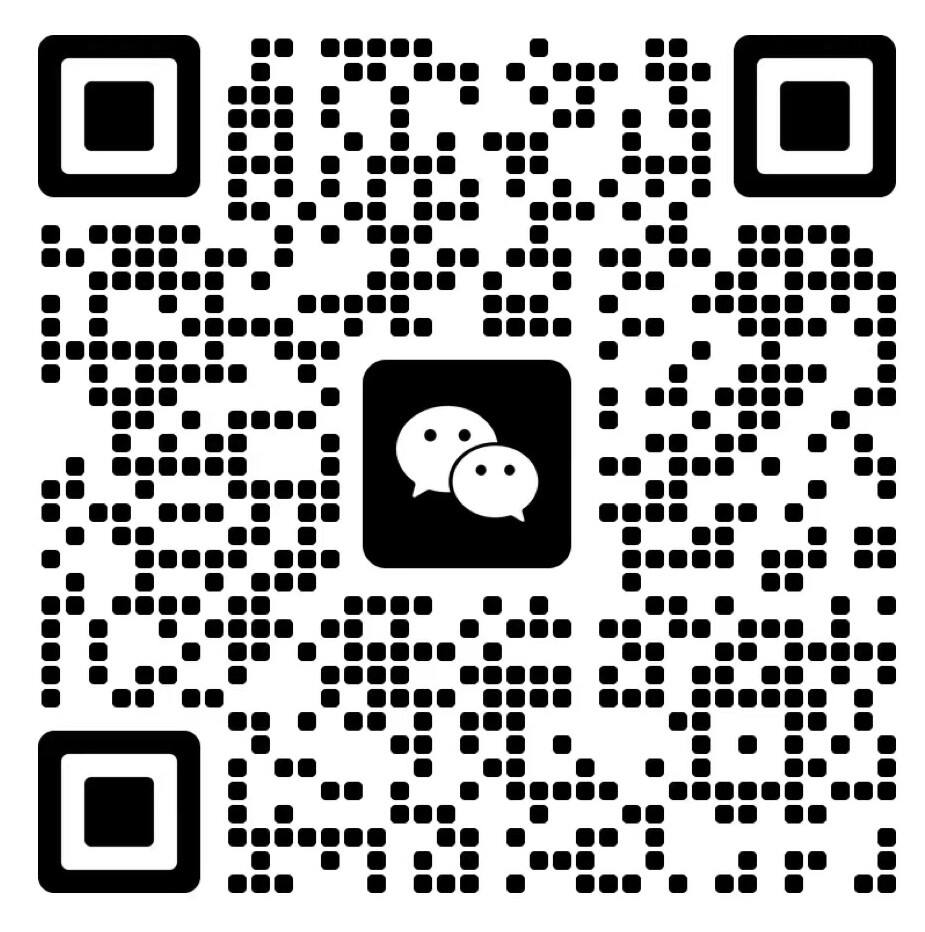ultrasonic sensor level measurement
Ultrasonic sensor level measurement represents a cutting-edge solution for non-contact liquid and solid level monitoring across various industries. This technology operates by emitting high-frequency sound waves that bounce off the measured material's surface and return to the sensor. The device calculates the distance by measuring the time taken for the sound waves to travel, providing accurate level measurements. The system comprises an ultrasonic transducer that both transmits and receives acoustic signals, sophisticated signal processing electronics, and temperature compensation mechanisms to ensure accuracy. These sensors excel in challenging environments where traditional contact-based methods may fail, offering reliable measurements in applications ranging from water treatment facilities to chemical storage tanks. The technology can effectively measure levels in tanks containing various materials, including water, oils, chemicals, and bulk solids, with measurement ranges typically extending from a few centimeters to several meters. Modern ultrasonic level sensors often incorporate advanced features such as digital displays, multiple output options, and integrated communication protocols for seamless integration with control systems. The non-invasive nature of ultrasonic measurement makes it particularly valuable in scenarios involving corrosive, toxic, or hygiene-sensitive materials, as the sensor never contacts the measured substance.



